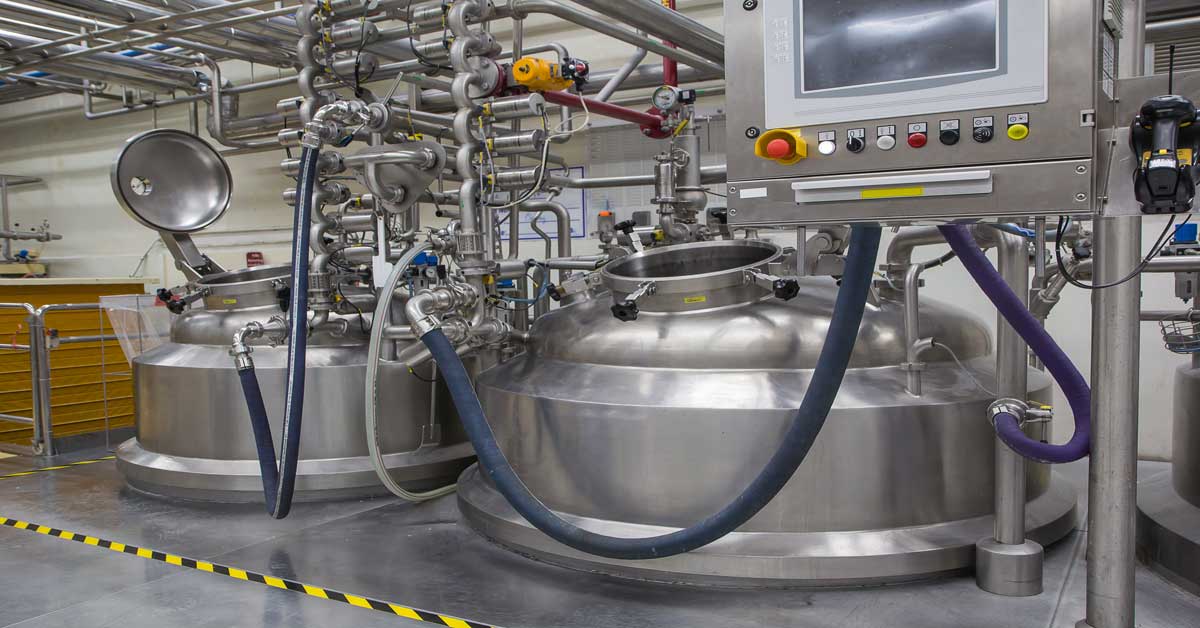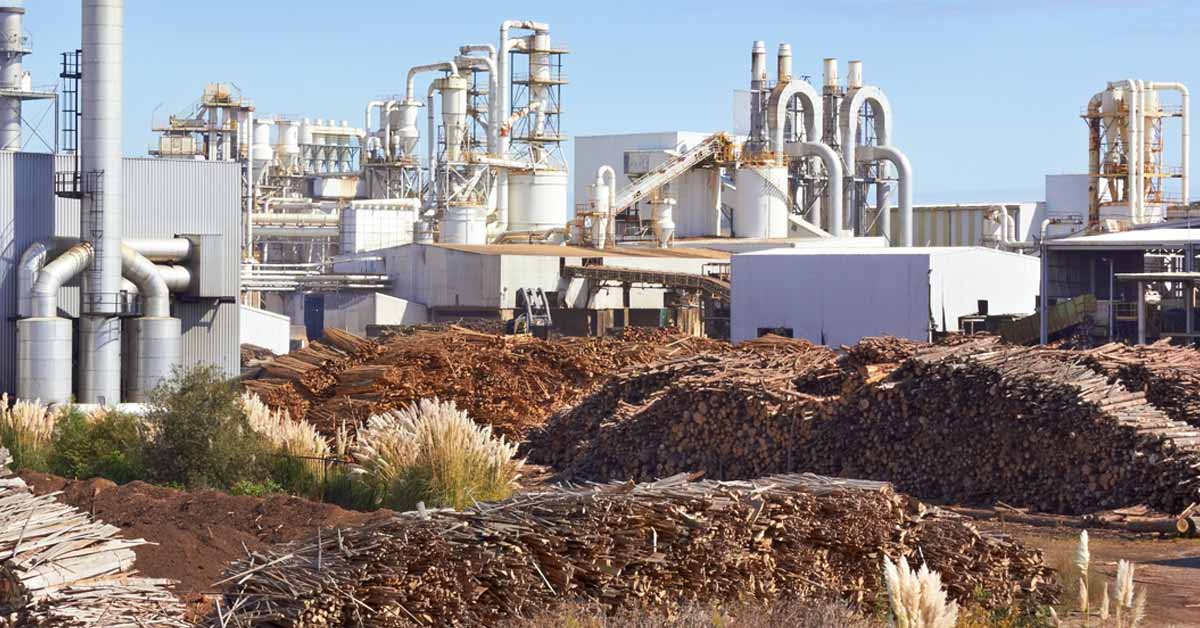2020 has been an unprecedented year in more ways than we can count. In a year overwhelmingly dominated by headlines about COVID-19, global civil unrest, and continued political and economic uncertainty (just to name a few), it’s a wonder any of us have the bandwidth to digest the stories and developments that impact our industry.
The global pulp & paper industry has undergone some significant changes this year as well – some expected, some unexpected – but the industry as a whole has emerged from a tumultuous year in a relatively strong position. In light of these changes, we wanted to take an opportunity to look back and see which topics resonated the most with visitors to Fisher International’s Paper Industry Commentary blog in 2020.
It’s also a wonderful opportunity to offer our sincere gratitude to the contributors and regular readers of our blog and newsletters. We are delighted that you find continued value in our content.
We wish you a safe, warm, and joyous holiday season and we look forward to providing you with fresh industry insights and meaningful content in 2021.
The Top 7 Most Popular Blog Posts of 2020
Thankfully, the toilet paper shortages seen during the beginning of the COVID-19 pandemic should be balancing in most places as the supply chain catches up and hoarding behavior tapers off. However, we can expect supply chains in some countries to be challenged by a tissue product mix shift driven by stay-at-home orders. This has the potential to disrupt supply as people stop working outside the home, dining out, and traveling.
Standard economic theory holds that prices are determined by the intersection of supply and demand. As the theory goes, one only needs to understand the shape of the demand curve (that is, the quantity of goods consumers are willing to buy at a given price) and the shape of the supply curve (the quantity or volume suppliers are willing to sell at a given price) to find the price. According to this theory, the intersection occurs when buyers and sellers negotiate the price down to the marginal producers’ cost level. The rationale is that marginal (or high cost) producers would rather walk away from an order than sell below cost.
It’s hard to argue there’s a need to be filled in the thriving North American corrugator market, but one major European producer believes a presence in the United States could prove beneficial. Spain-based Saica Group, the third-largest European producer of recycled paper for corrugated packaging, announced last week its plan to build a $72 million packaging plant outside of Cincinnati, Ohio. The 350,000-square-foot facility, Saica’s first in the United States, is expected to finish construction in 18 months and will add 64 jobs to its workforce that includes more than 10,000 across Europe.
Despite the hardships and sadness caused by the COVID-19 pandemic, a sense of community, compassion and empathy has shone through around the world. Individuals and corporations have banded together to help frontline workers and those impacted the most by the novel coronavirus – and the global pulp & paper industry certainly has played a role in fighting the disease. Mill employees have navigated social distancing measure in the workplace to create essential, sought after products, while executives have given millions of dollars and products to hospitals, schools, and relief causes.
There are four main coated paperboard products produced in North America and Europe:
- Folding Boxboard (FBB)
- Coated Recycled Board (CRB)
- Solid Bleached Sulphate (SBS)
- Solid Unbleached Kraft (SUK)
Production of coated paperboard has increased 0.9 million tonnes (8.8 percent) in Europe and 0.3 million tonnes (3 percent) in North America over the last seven years.
FBB is the most common paperboard produced in Europe with almost 50 percent share. In North America, SBS is the most common with around 55 percent share.
Toilet paper supply and demand has charged to the forefront of the pulp and paper industry during the COVID-19 pandemic. Mills have added shifts and converted machines to meet the demand for household tissue and towel products as consumers put a newfound premium on personal hygiene. Now that the initial surges seem to be over, we’re able to look at how recent consumer habits have altered the tissue and towel industry and look ahead to what the sector could look like in the coming months.
It’s been a handful of months since the spread of coronavirus started in China. And though the pandemic crippled Chinese markets early on, the country’s pulp and paper industry has avoided major impacts due to COVID-19. Since mid-March, the consumer goods price (which includes rice, eggs, vegetables, etc.) is overall in declining pattern and back to a “normal” status. Not only the consumer goods, but also restaurants and even high-end luxury goods are growing again. Per CEO of Volkswagen Herbert Diess, besides China, VW has almost no revenue from the rest of the world. And giant Chinese hot-pot food service company, Haidilao, remains 65 times PE after the COVID-19 spread. All of this signals a stable, “back-to-norm” Chinese economy.









